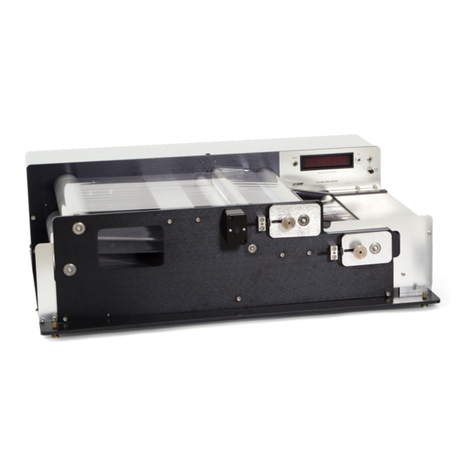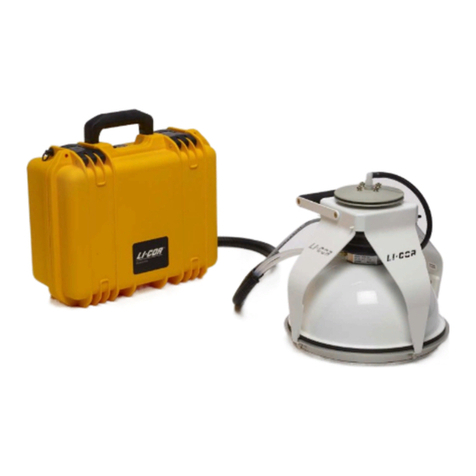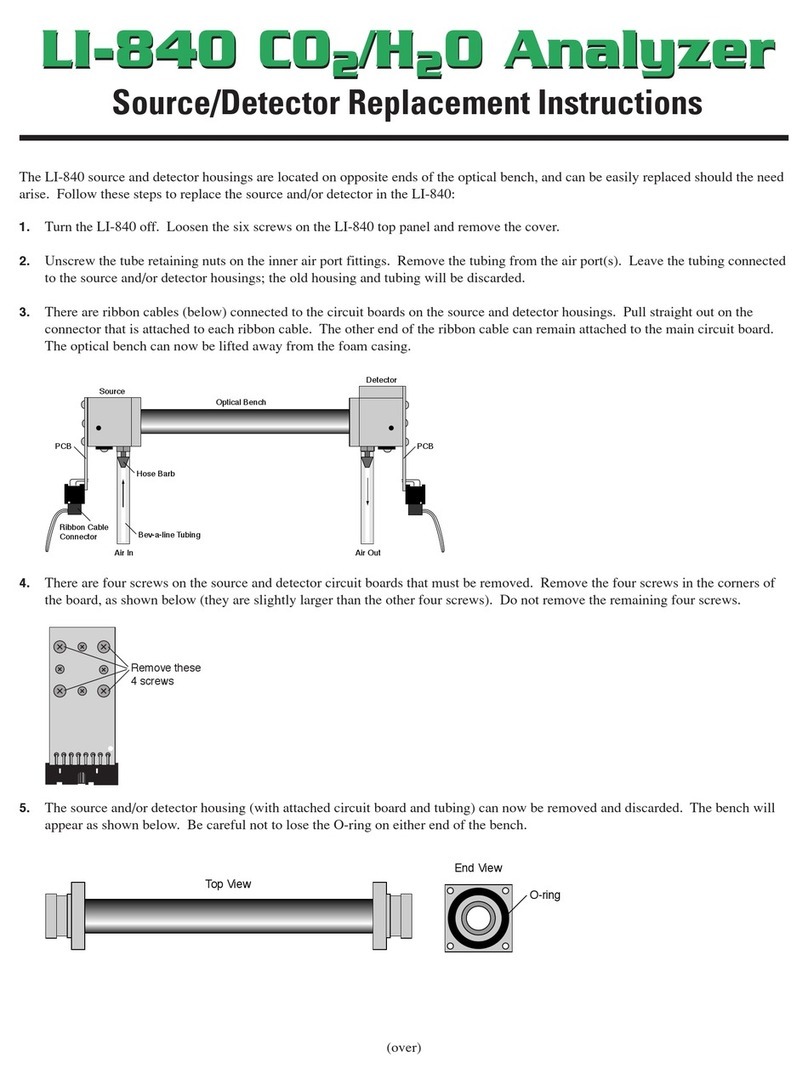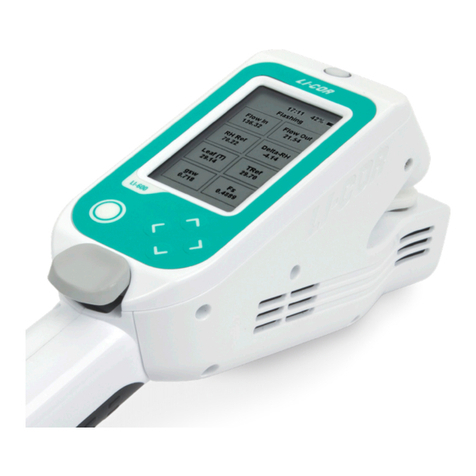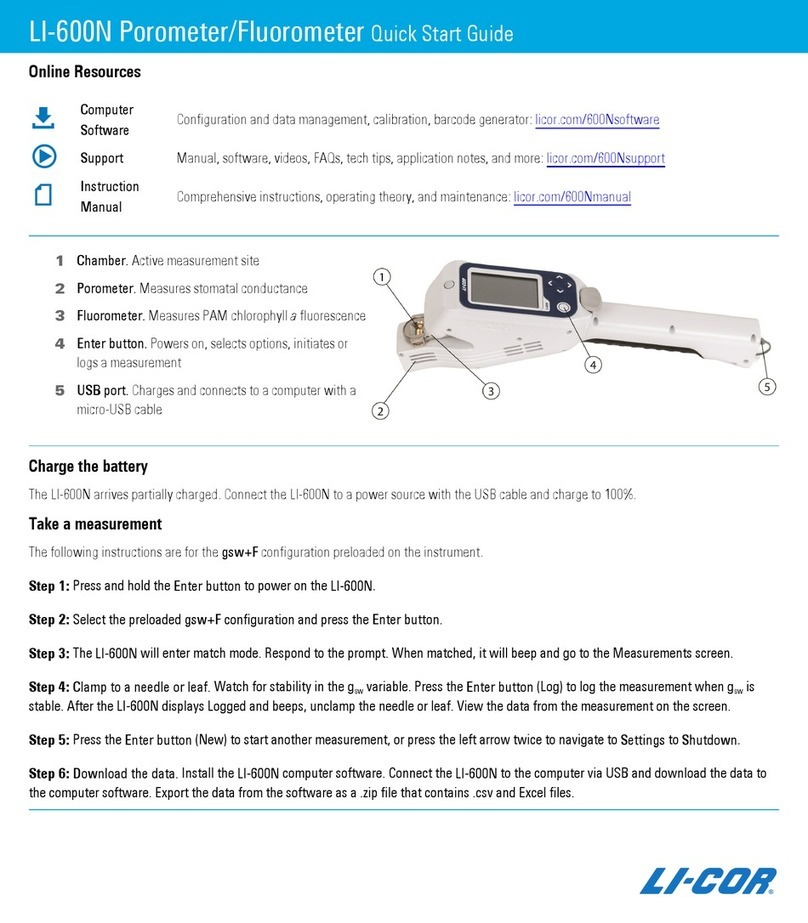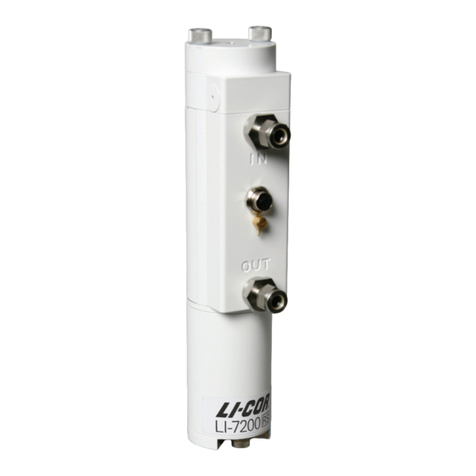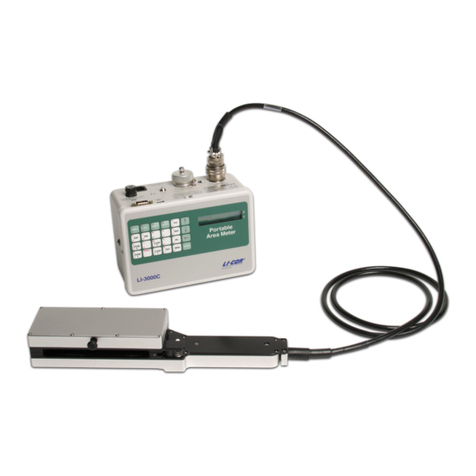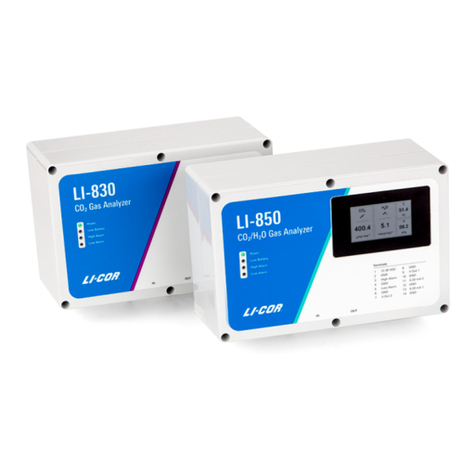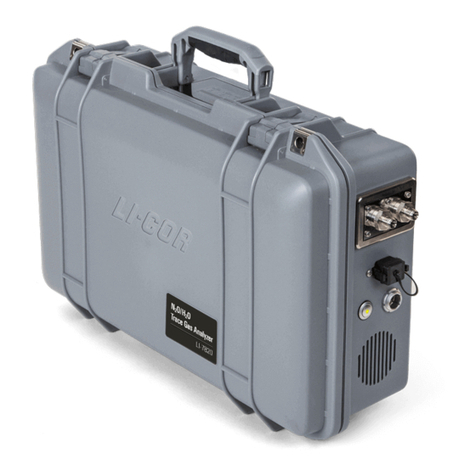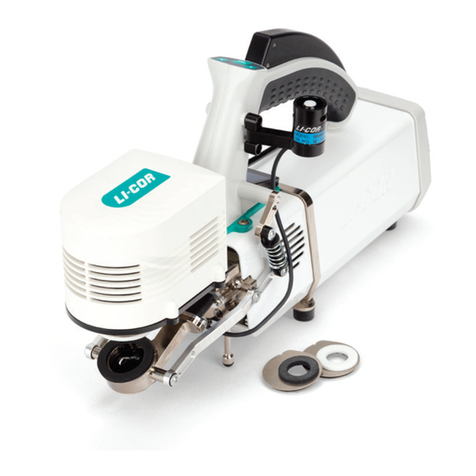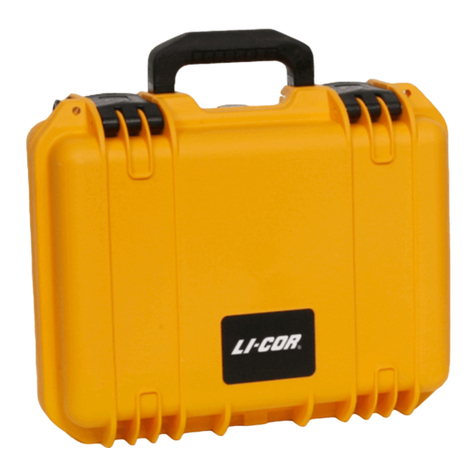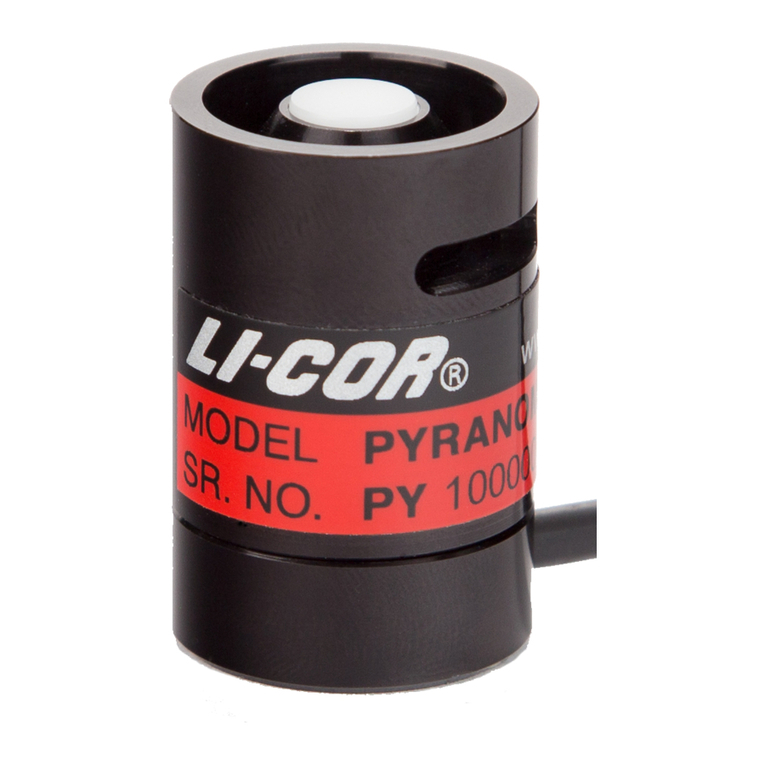iv
Section 3. Operation
Installing the PC Communications Software on Your Computer ................................................................................................ 3-1
Setting the Communication Parameters ....................................................................................................................................... 3-2
Cabling ......................................................................................................................................................................................... 3-2
RS-232 Output .............................................................................................................................................................................. 3-2
Initial Setup................................................................................................................................................................................... 3-3
Configuration Window - Setting Operational Parameters............................................................................................................ 3-7
Controls ................................................................................................................................................................................. 3-8
Enable Heater ................................................................................................................................................................. 3-8
Pressure Compensation .................................................................................................................................................. 3-8
DAC Offset Enable ........................................................................................................................................................ 3-8
Span ....................................................................................................................................................................................... 3-10
Reset LI-800 .......................................................................................................................................................................... 3-10
Calibration Window - Setting the Zero and Span......................................................................................................................... 3-11
Record Window - Plotting Data .................................................................................................................................................. 3-13
Y-Axis Page........................................................................................................................................................................... 3-14
X-Axis Page........................................................................................................................................................................... 3-14
Sampling Page ....................................................................................................................................................................... 3-16
Plot Page................................................................................................................................................................................ 3-18
Log File Page......................................................................................................................................................................... 3-19
Analog Output .............................................................................................................................................................................. 3-21
Converting Current Output to ppm CO2............................................................................................................................... 3-24
Using the Terminal Strip .............................................................................................................................................................. 3-25
Connecting the GasHound to the LI-1400 Data Logger............................................................................................................... 3-27
